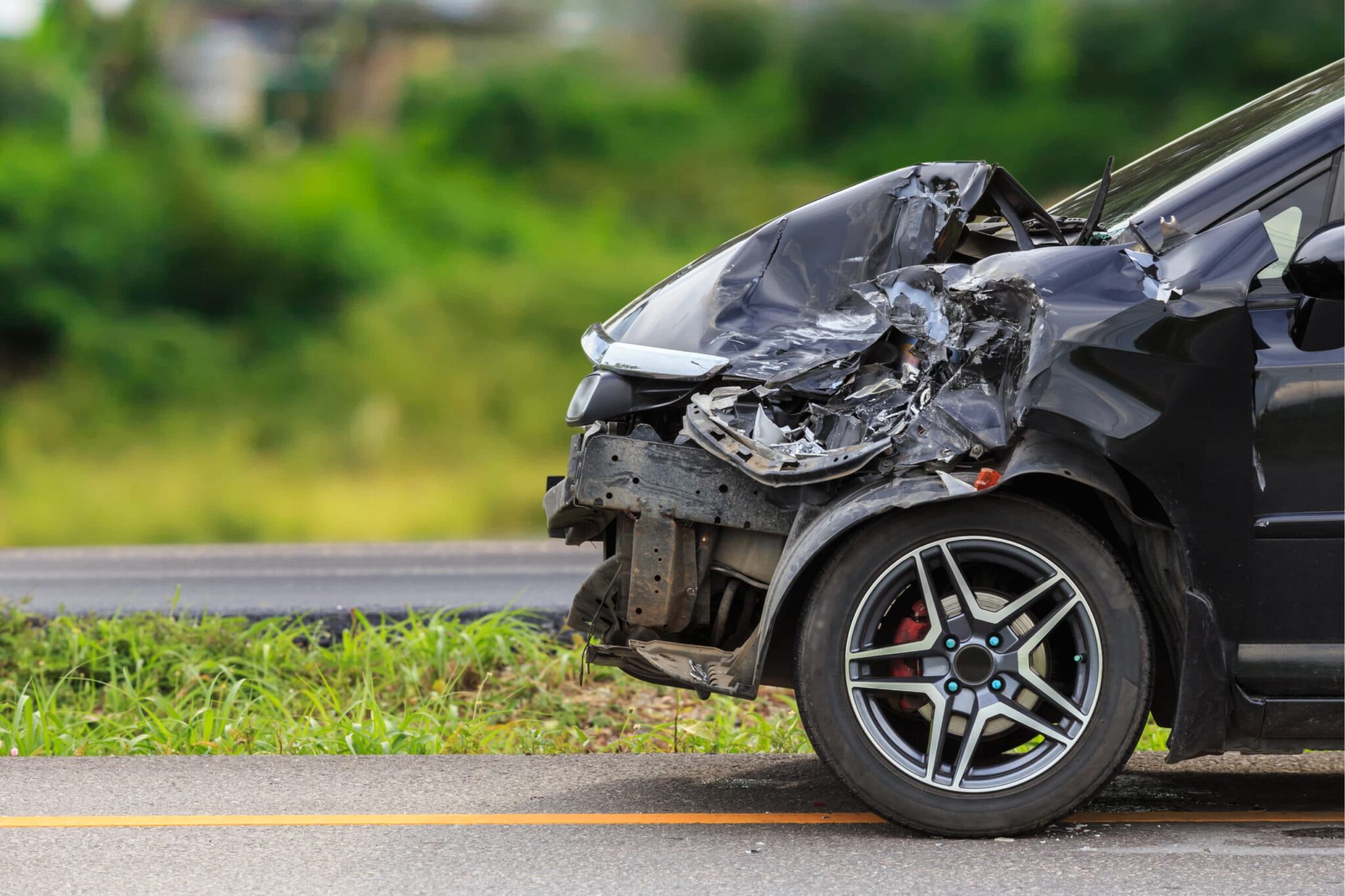Driving is sometimes a nerve-wracking and frustrating experience. And when other motorists ignore our laws and common courtesy, your drive’s not just frustrating; it’s downright dangerous.
Every year, the Texas Department of Transportation breaks down all the known causes of car accidents in the state. In this article, we’ll take a look at the top three factors from their report and discuss what you can do to help keep our roads safe.
#3. Unsafe Lane Changes
In third place with 37,474 total crashes in 2017, unsafe or improper lane changes contributed to nearly 60 fatalities, 448 serious injuries, and thousands of minor injuries. These instances include crashes caused by changing lanes without regard for “reasonable safety” and crashes that resulted from a vehicle not driving completely in its lane.
The Dangers of Improper Lane Changes
Unsafe lane changes can result in side impacts if a driver does not notice a car in their blind spot and begins to switch lanes. This can damage both vehicles and cause a second collision or even a roll-over incident. Freeways are particularly dangerous because of frequent merges, high speeds, and the likelihood of drivers weaving in and out of lanes around slower cars.
“There is little that individuals can do to reduce other drivers’ distractibility. However, everyone can help do their part by making sure they avoid distractions themselves.”
Another danger with lane changes is rear-ending. If an impatient driver weaves in and out of lanes and misjudges the speed of the vehicles around them, they can cause a rear-end collision if they cut off another car or rear-end the car in front of them.
How to Change Lanes Safely
-
- Always signal until you are sure that the cars around you know you are changing lanes, and then move over.
- Watch for brake lights in your current lane and the lane next to you.
- Try to let in people who are signaling; this can decrease the chance that they cut you or another car off and cause a collision.
- Avoid driving in another vehicle’s blind spot unless you are quickly passing them.
- Keep an eye on vehicles in other lanes. Don’t hesitate to honk if they start to change lanes and don’t seem to see you.
- Blind spot monitoring and lane-departure warnings can help you make safer lane changes but are not a substitute for looking before you change lanes.
RELATED ARTICLE: Collision Avoidance Features Can’t Replace Safe Driving
#2. Driver Inattention
Driver inattention has only increased as connectivity and mobile devices have become more widespread. The average adult in the U.S. has multiple mobile electronic devices, including tablets, music players, e-readers, smart watches, and of course, cellphones. In 2018, driver inattention caused 95,572 crashes in Texas, over 6,000 more than in 2017.
This increase occurred despite the distracted driving law that went into effect in September 2017. However, while mobile devices have exacerbated the driver inattention crisis, they are not the only distractions that drivers face.
Top Driving Distractions
-
- Texting and checking emails
- Talking on the phone or to passengers
- Putting on makeup or grooming yourself
- Programming a navigation system
- Changing music on the radio or device
Don’t Drive Distracted
There is little that individuals can do to reduce other drivers’ distractibility. However, everyone can help do their part by making sure they avoid distractions themselves.
-
- Minimize Your Distractions: It can be hard to eliminate all distractions, but if you have kids or other passengers, don’t add lunch, texting, or a phone call to the mix as well.
- Pull Over: Need to text or place a call? Pull over to the side of the road or into a parking lot. You’ll be able to give your conversation your full attention and help make our roads safer.
- Silence Notifications: Most mobile devices have settings that allow you to silence all notifications or enter Do Not Disturb mode. Get in the habit of silencing your notifications before you drive so that the ringing and buzzing doesn’t distract you.
#1. Speeding
Unsurprisingly, the top cause of car crashes in Texas (and most other states) is a failure to control speed. In 2017, there were 139,322 speed-related crashes in Texas alone, with over 500 fatalities and tens of thousands of injuries. According to a recent study, over 50% of drivers admit to speeding 15mph over on a freeway, and 48% say they have driven 10mph over on a residential street.
Know the Stats: Think Before You Speed
-
- Each 1mph increase in speed can increase your risk for a fatal crash by over 5%.
- At an impact speed of 50mph, you’re almost 20 times more likely to be killed than if you were driving 20mph.
- Pedestrians have a 90% chance of survival if hit by a car going under 20mph, less than 50% at 30mph, and almost no chance of survival at 50mph.
RELATED ARTICLE: Speeding Contributes To More Than 26% Of Traffic Fatalities
“Brake” the Habit
Speeding is an easy habit to get into, and like all habits, it’s a hard one to break. So how do you hit the brakes on speeding and start slowing down your drive?
-
- Leave earlier so that you feel less rushed.
- For longer straight roads like freeways, consider setting your cruise control so that you don’t slowly gain speed.
- If applicable, enable your vehicle’s high-speed alert system to notify you when you go over the speed limit.
- Purchase a GPS that can detect your speed and the current speed limit and warn you if you are over.
- Listen to slower, calmer music rather than fast or aggressive rock or metal.
Have You Been in a Texas Car Accident? Call Crosley Law
Speeding, distracted driving, and unsafe lane changes are a serious problem in Texas. If you or a loved one have been injured in an accident in Texas, contact the accident attorneys of Crosley Law. Our attorneys can investigate your case and work to get you the compensation and justice you deserve. Call us at 210-LAW-3000 | 210-529-3000 or fill out our quick online form to schedule your free consultation today.
References
2017 Traffic Safety Culture Index. (2018, March). AAA Foundation for Traffic Safety – Driver Behavior & Performance. Retrieved from https://aaafoundation.org/2017-traffic-safety-culture-index/
Crash Contributing Factors. (2017). Texas Department of Transportation. Retrieved from http://ftp.dot.state.tx.us/pub/txdot-info/trf/crash_statistics/2017/21.pdf
Road Safety– Speed Facts. (2004, August). World Health Organization. Retrieved from https://www.who.int/violence_injury_prevention/ publications/road_traffic/world_report/speed_en.pdf
Talk, Text, Crash. (2019, June 3). Texas Department of Transportation. Retrieved from https://www.txdot.gov/driver/share-road/distracted.html
The content provided here is for informational purposes only and should not be construed as legal advice on any subject.









